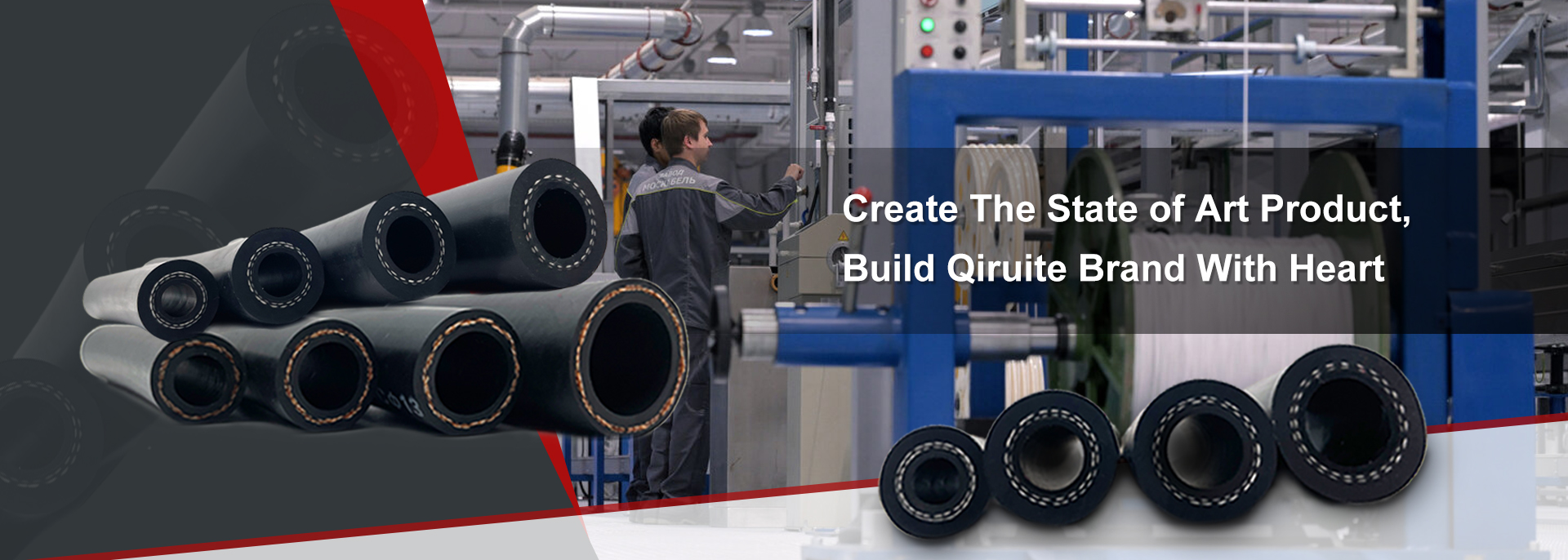Understanding the Importance of Pipe Couplings in Plumbing Systems and Applications
Understanding Pipe Couplings An Essential Component in Piping Systems
Pipe couplings are critical components in a variety of piping systems, serving as the connection points between two lengths of pipe. These fittings are crucial for maintaining the efficiency and integrity of fluid and gas transport in industries such as plumbing, oil and gas, chemicals, and construction. In this article, we will explore the types, functions, and applications of pipe couplings, along with their importance in ensuring seamless operations.
Types of Pipe Couplings
There are several types of pipe couplings, each designed to meet specific requirements. The most common types include
1. Rigid Couplings These couplings provide a fixed connection between pipes, preventing any movement or misalignment. They are typically used in applications where pipes must remain in a certain position and alignment is crucial.
2. Flexible Couplings Unlike rigid couplings, flexible couplings allow for some movement between pipe sections. This flexibility is essential in systems that may experience thermal expansion or ground settlement. Flexible couplings can mitigate stress and prevent damage to piping systems.
3. Slip Couplings These couplings are particularly useful when a section of pipe needs to be replaced. A slip coupling can slide over the ends of the pipes, making it easy to connect segments without needing to cut them.
4. Mechanical Couplings These couplings use mechanical devices to secure two pipe ends together. They can be made from a variety of materials and are designed to handle different pressures and temperatures.
pipe coupling

5. Welded Couplings Commonly used in high-pressure systems, welded couplings are fused to the pipes, providing a permanent connection that is both strong and leak-proof.
Functions of Pipe Couplings
The primary function of pipe couplings is to create a secure and efficient connection between different lengths of pipe. They ensure that fluids and gases flow smoothly without leaks or pressure loss. Additionally, couplings allow for the easy assembly and disassembly of piping systems, making maintenance and repair more manageable. They also play a vital role in absorbing vibrations and accommodating movements due to thermal expansion or shifts in the ground.
Applications of Pipe Couplings
Pipe couplings are used across various industries. In plumbing, they connect water supply lines and drainage systems, contributing to seamless water transport. In the oil and gas sector, couplings are essential in transporting hydrocarbons from extraction points to refineries, ensuring safety and efficiency. The chemical industry relies on couplings to handle various substances, from benign fluids to hazardous chemicals. In construction, pipe couplings are used in HVAC systems, fire protection systems, and more.
Conclusion
In conclusion, pipe couplings may be small in size, but their significance in piping systems is immense. They facilitate connections, ensure leak-proof systems, and enhance the overall functionality of fluid and gas transport. Understanding the different types and applications of pipe couplings is essential for anyone involved in engineering, plumbing, or any industry that employs piping systems. Proper selection and installation of pipe couplings not only promote efficiency but also contribute significantly to the safety and longevity of the piping infrastructure.
-
Ultimate Spiral Protection for Hoses & CablesNewsJun.26,2025
-
The Ultimate Quick-Connect Solutions for Every NeedNewsJun.26,2025
-
SAE J1401 Brake Hose: Reliable Choice for Safe BrakingNewsJun.26,2025
-
Reliable J2064 A/C Hoses for Real-World Cooling NeedsNewsJun.26,2025
-
Heavy-Duty Sewer Jetting Hoses Built to LastNewsJun.26,2025
-
Fix Power Steering Tube Leaks Fast – Durable & Affordable SolutionNewsJun.26,2025

